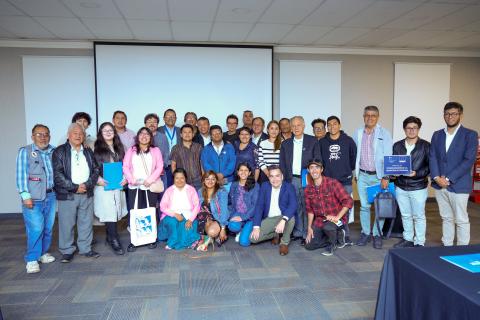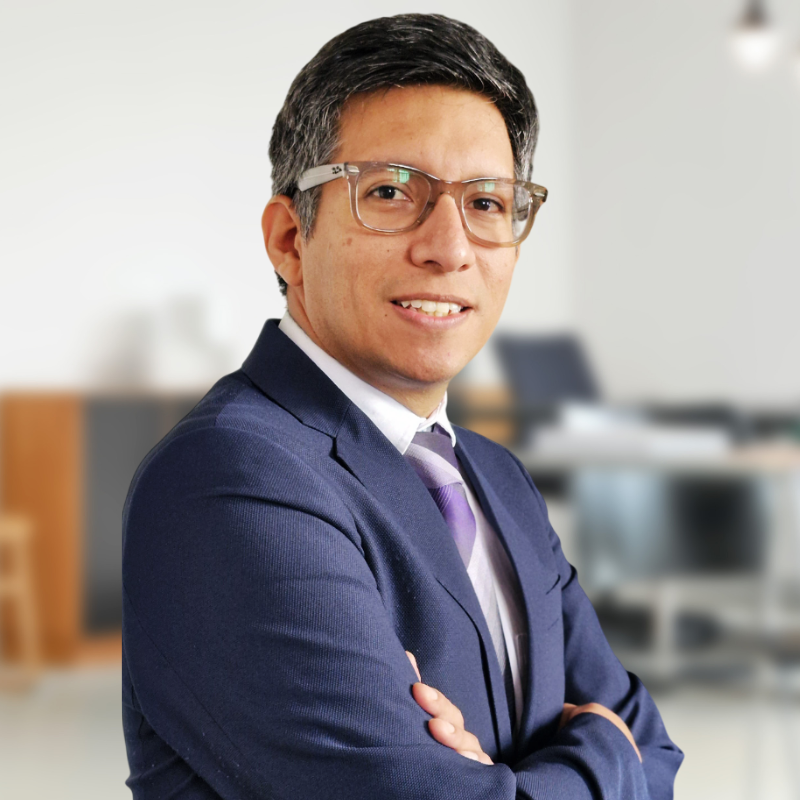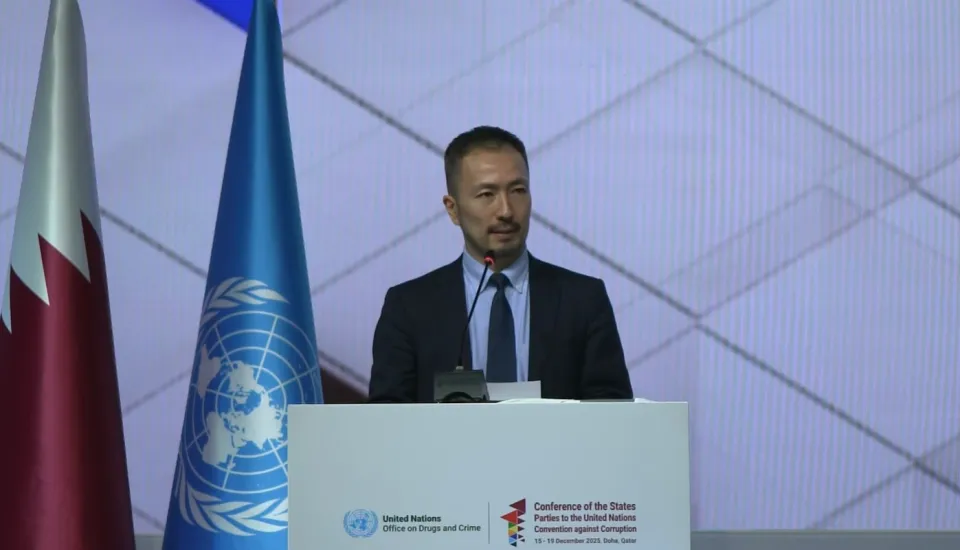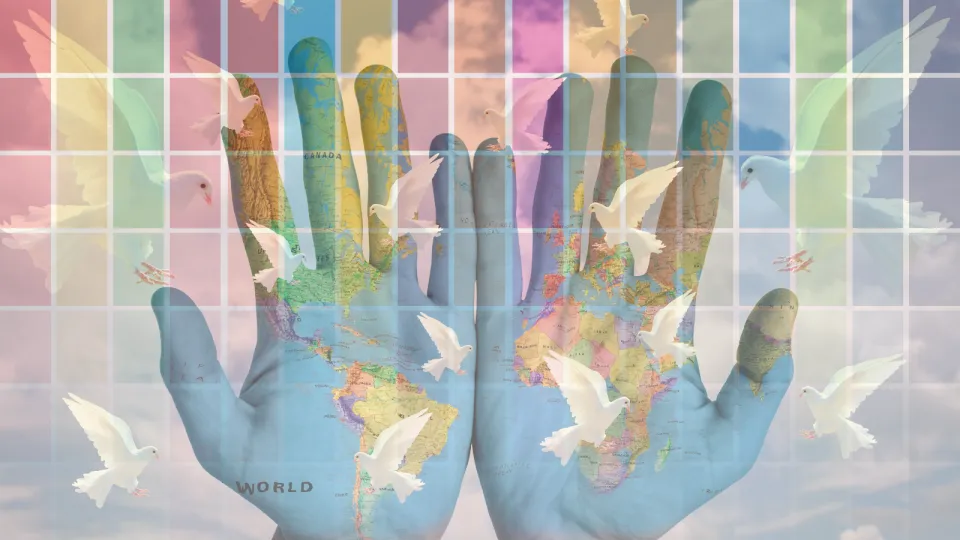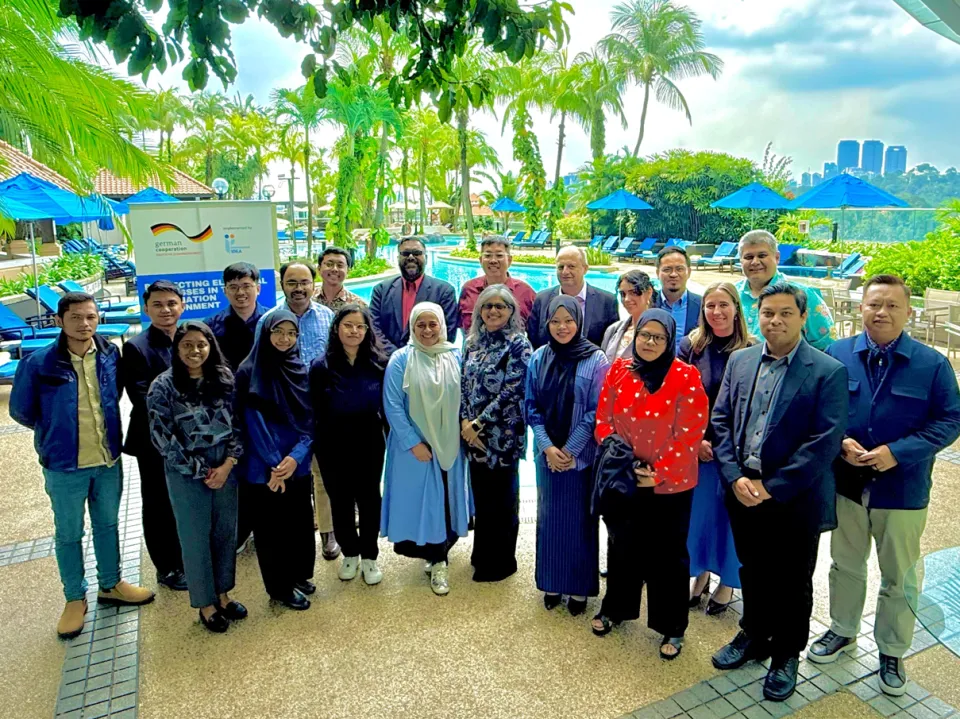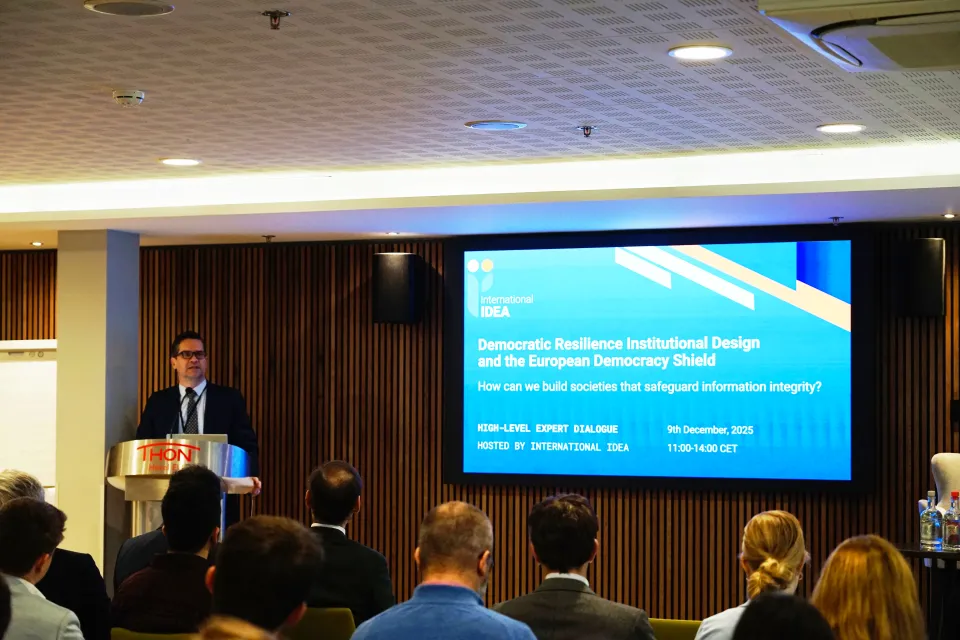Strengthening Journalism in the AI Era: What are the Challenges in Political Coverage?
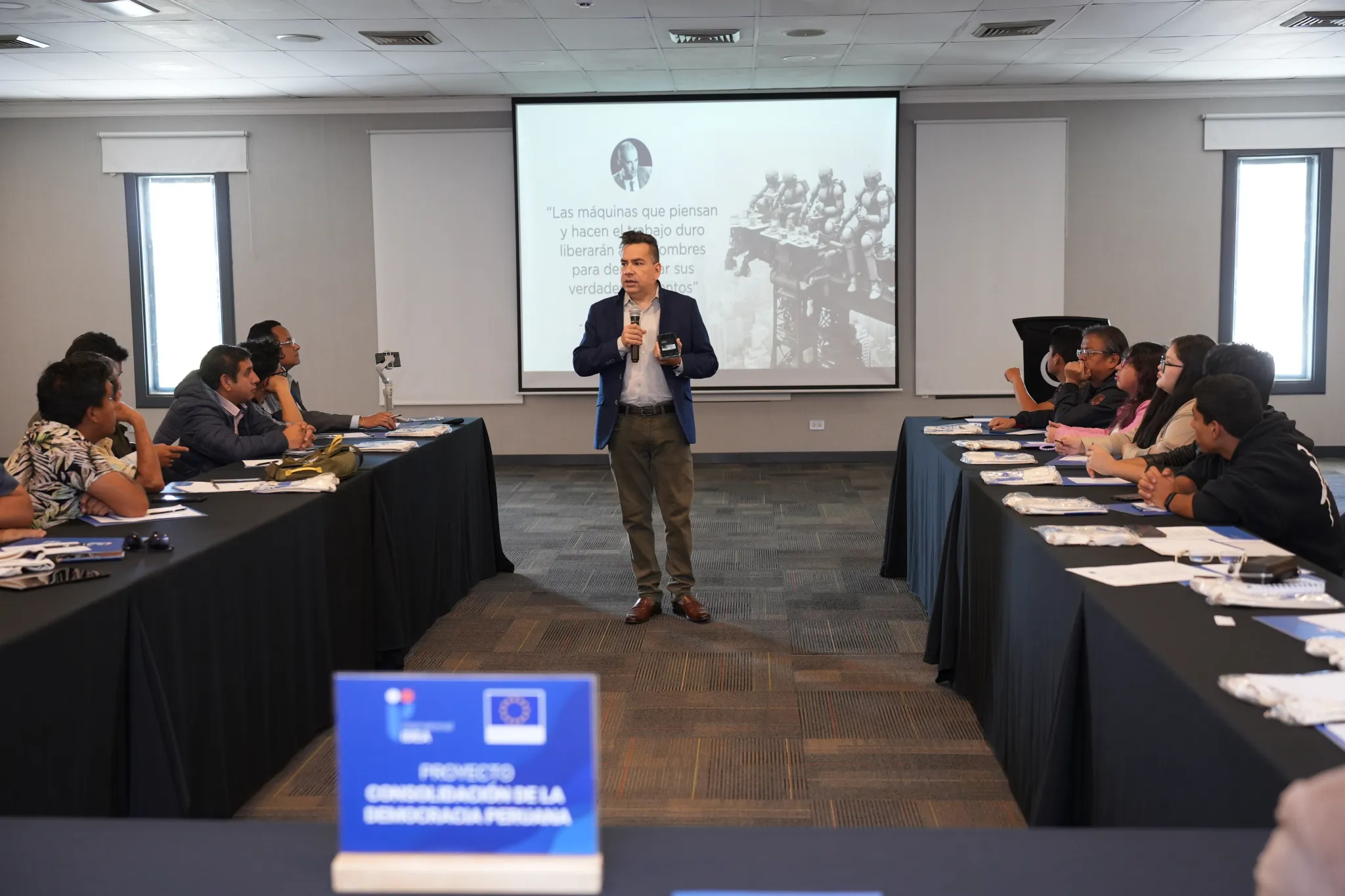
Umaña visited Peru in March to speak about generative artificial intelligence tools useful for optimizing tasks in journalistic coverage.
Q&A | Rogelio Umaña: Tools will always reflect our principles and values
What are the challenges facing journalists and communicators in the AI era?
It can be said to be a balancing act. There is a great responsibility in harnessing, rather than rejecting, the advantages and benefits presented by these new models in terms of efficiency, ease, and creativity. However, it is also crucial not to lose sight of the risks associated with any new technology, especially one that may minimize the rigor of journalistic work and the pursuit of facts and truth. It is necessary to strengthen the principles of good communication and journalism while seeking to complement them with tools that amplify human labor.
What tools can be useful for journalists in Peru or Latin America?
- Among the many available tools, the following can be highlighted:
- Automatic transcription of audio and video
- Writing assistants
- Data search and analysis
- Detection of fake news
- Chatbots and automated assistants
- Automatic translation
These tools should be considered a complement to expedite journalistic work, but never as a replacement for human work and editing. Any information generated, modified, or compiled by an AI tool must be properly reviewed, just as information created by people is. Additionally, there must be full transparency to the public about the use of these tools. Combined responsibly with the work of professional journalists, these new technologies have great potential to enhance the quality and impact of journalism in the region.
What advice would you give to journalists exploring generative AI tools?
Train, inform, and educate yourself in the use of these new tools and do not be afraid to experiment, explore, and therefore innovate. However, do not lose sight of the ethical implications and consequences of using AI, not only in journalism but in society. Finally, always remember the human component behind the technological one and do not lose sight that tools will always reflect our use, principles, and values.
"It was a new topic for me. The workshop helped to explore new fields for political coverage development, and I am already applying some of the tools shown." - Doris Saldaña, journalist from Cajamarca.
About the event:
Rogelio Umaña visited Peru in March to speak at the workshop 'Digital Tools for Political Coverage in the AI Era' held in Lima and Cajamarca. The event also featured Marian Jauregui, journalist and fact-checking coordinator for the National Jury of Elections of Peru, who shared resources from the JNE for journalists, fact-checkers, and researchers.
The activity was carried out as part of the Consolidation of Peruvian Democracy project, developed by International IDEA with funding from the European Union. IDEA received support from partner organizations such as the National Association of Journalists and the National Jury of Elections.
